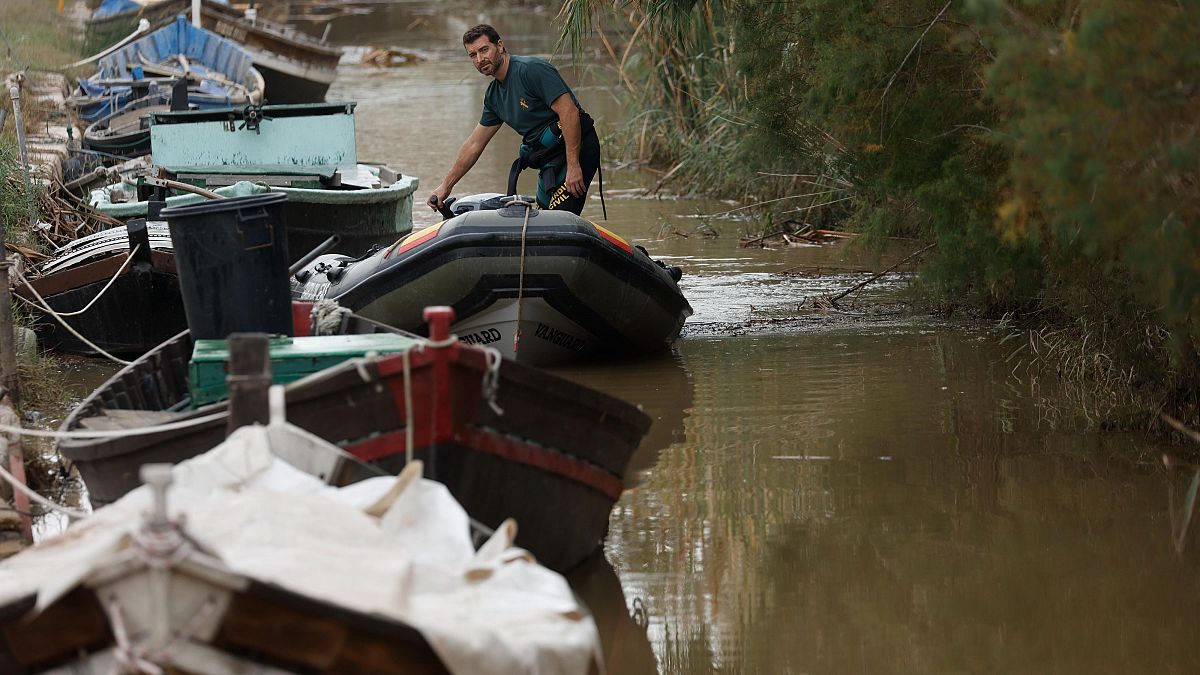Yesterday, February 2, World Wetlands Day 2025 was heldin commemoration of the firm in 1971 of the Wetlands Agreement in Ramsar, Iran. Since that date, more than 2,400 protected areas that cover more than 2.5 million square kilometers from 172 countries have been added to the list of international importance.
Wetlands are the most threatened ecosystem on Earth
With a rhythm of disappearance three times faster than forests. This year the motto “Protect wetlands for our common future“Remember the need to preserve these spaces for subsistence, since they contribute to mitigation and adaptation to climate change, human well -being and the availability of fresh water, among other functions.
In addition, there is born a great diversity of aquatic flora and fauna, generating a biodiversity pyramid of enormous value. Despite its importance, In the last three centuries more than 80% of the wetlands have disappeared, 35% from 1970 to the present day.
The Spanish State adhered in 1982 to the Ramsar agreement, being the third country by number of wetlands included (76); He is also a founding member of the Initiative for Mediterranean Wetlands (Medwet). The numerous protection figures granted to wetlands have not prevented them from being degraded at an alarming rate.
The numerous complaints in this regard have argued that files have been opened, issued condemnatory sentences and has been included in the blacklist of the Montreux registration of the Ramsar Convention wetlands as emblematic as Doñana or the Daimiel tablesthe first to be included in the National Protection list.
Much of the original wet areas have disappearedpartly because in the past the State itself led desiccation due to the historical consideration of these places as unhealthy.
35 years after the law obliged the elaboration of a National Wetland Inventory as the first step to protect them, The laziness of many autonomous communities and the central executive itself has caused the national catalog to appear at most two out of 10 wetlands, so what is not known.
Almost half of the wet areas are seriously altered
The main threats are the changes in the use of land and overexploitation of the water on which wetlands by agriculture depend, especially intensive, fraudulent occupation for surface cultivation that belongs to wetlands by which they would even be charging aids of the PAC, poorly planned electrical infrastructure, mass tourism, pollution and invasive species.
Doñana, the Daimiel and Mar Menor tables are clear examples of how intensive agriculture presses these ecosystems competing for water and contaminating aquifers.
Among the species affected by this process of destruction, birds are the most affected, since more than half of the danger of extinction are linked to wet areas. 63% of the birds that use our wetlands to reproduce have a poor state of conservation.
Deeply affected the hydraulic and flood areas that nourish this wetland, and its biodiversity, being still to evaluate the disaster dimension. To the obvious consequences of climate change, the disastrous urban, agricultural, water and infrastructure management, creating a very dangerous cocktail that has caused that the Natural Park of the Albufera of Valencia It has received thousands of tons of all types of waste (including industrialists of different danger and toxicities), wastewater, sludge, inert, etc.
This has aggravated the state of this natural space, already vulnerable by the Contamination of its waters for organic and chemical waste, salinization, water scarcity and eutrophication.
Actions for the restoration of this natural space of more than 20,000 hectares are urgent with a regeneration plan according to environmental and social needs. An adequate ecological flow for the good ecological health of the ecosystem should be assigned, preventing pollution from concentrating, which would allow the growth of aquatic plants and the recovery of the trophic chain.

